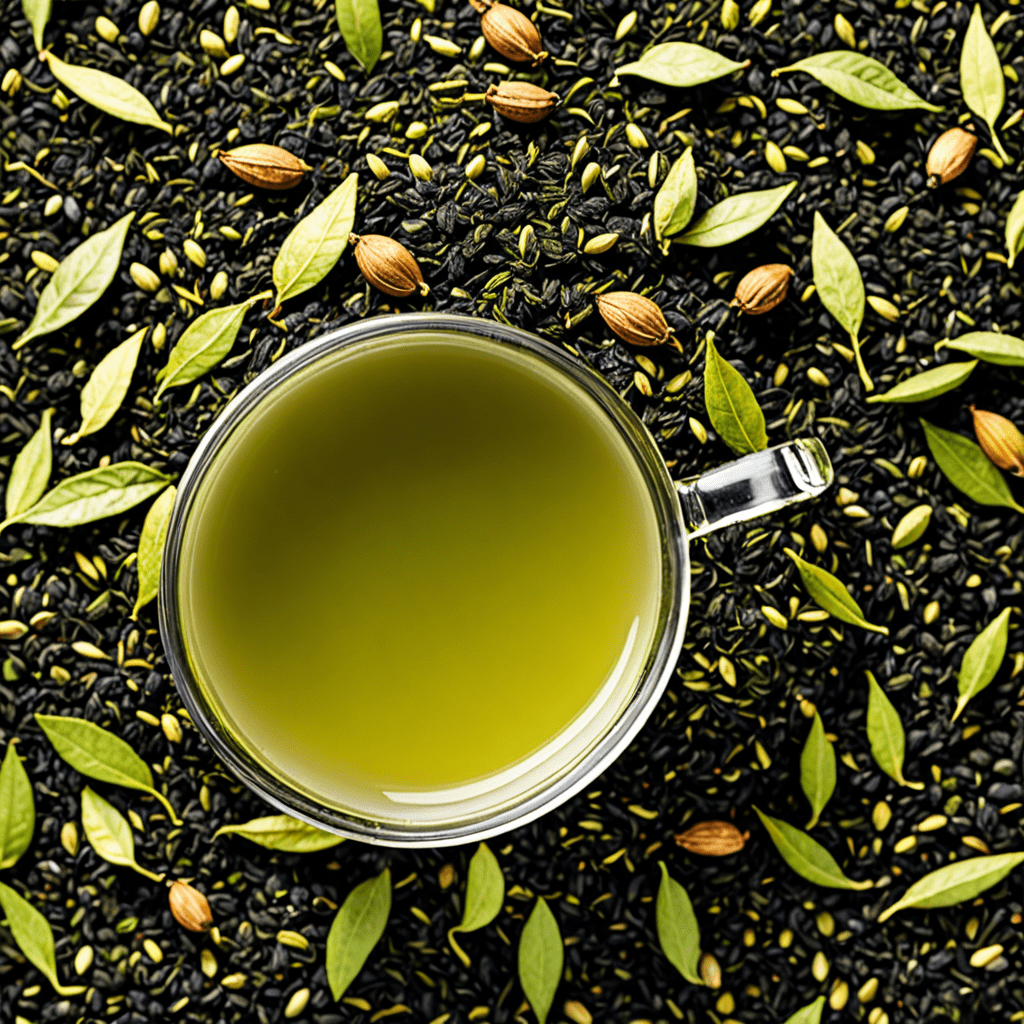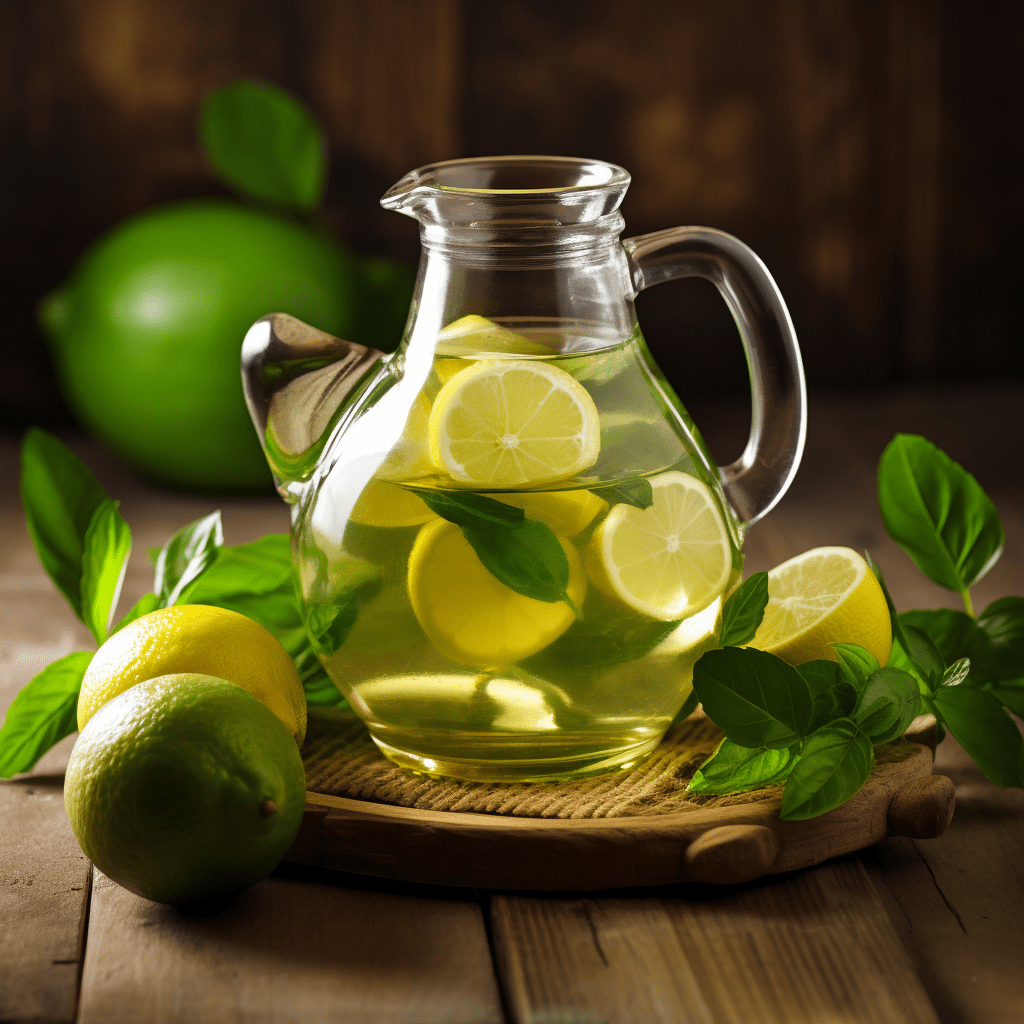
Yerba Mate vs Green Tea: Unveiling the Unique Benefits
The battle between yerba mate and green tea has been ongoing for quite some time. Both have loyal followings and are known for their health benefits. Understanding the differences between these two popular beverages can help you make an informed choice about which one best suits your lifestyle and preferences.
Yerba Mate: A South American Tradition
Yerba mate, a traditional South American drink, is made from the leaves of the Ilex paraguariensis plant. It is a popular beverage in countries like Argentina, Uruguay, and Paraguay. Yerba mate contains caffeine and is often consumed from a hollowed-out gourd using a metal straw called a bombilla.
Green Tea: A Time-Honored Elixir
Green tea, on the other hand, originated in China and has been consumed for centuries. It is made from the leaves of the Camellia sinensis plant, the same plant used to produce black tea. Green tea is known for its high concentration of antioxidants called catechins, particularly epigallocatechin gallate (EGCG).
Comparing Caffeine Content
Yerba mate and green tea both contain caffeine, but the levels differ. Yerba mate generally contains more caffeine than green tea, providing a noticeable energy boost. However, some individuals may prefer green tea’s milder caffeine content, as it can offer a gentler lift without the potential jitters associated with higher caffeine intake.
Nutritional Differences and Health Benefits
In terms of nutrition, yerba mate is rich in vitamins and minerals, including vitamins B and C, zinc, and potassium. Additionally, yerba mate is believed to aid in digestion and provide a lasting energy boost. Green tea, with its high antioxidant content, is revered for its potential to promote heart health, boost metabolism, and support weight management. Its potential cancer-fighting properties have also been the subject of research.
Flavor Profile and Brewing Methods
Yerba mate has an earthy, slightly bitter taste and is often described as having a robust flavor profile. It is typically brewed with hot (but not boiling) water. Green tea, meanwhile, offers a range of flavors from grassy to floral, depending on the specific variety. The brewing process for green tea generally involves steeping the leaves in hot (but not boiling) water for a specific period to avoid bitterness.
FAQ: Addressing Common Queries
Q: Is yerba mate or green tea better for weight loss?
A: Both yerba mate and green tea have been associated with potential weight management benefits, thanks to their respective nutritional profiles and caffeine content. While both beverages may aid in supporting a healthy weight, individual responses can vary, and it’s essential to incorporate them as part of a balanced diet and active lifestyle.
Q: Which tea has more antioxidants: yerba mate or green tea?
A: Green tea is generally recognized for its high antioxidant levels, particularly EGCG, which has been extensively studied for its potential health benefits. Yerba mate also contains antioxidants, albeit in different forms than those found in green tea. Both beverages can be valuable sources of antioxidants in a varied diet.
Q: Are there any potential side effects from consuming yerba mate or green tea?
A: While both yerba mate and green tea are generally safe for consumption, it’s important to be mindful of their caffeine content, especially for individuals sensitive to stimulants. Consuming excessive amounts of either beverage can lead to side effects such as insomnia, restlessness, or digestive issues. Additionally, certain individuals may be sensitive to the compounds in yerba mate or green tea and should moderate their intake accordingly. Consulting a healthcare professional can provide personalized guidance in such cases.
In conclusion, the choice between yerba mate and green tea ultimately comes down to personal preference and specific health goals. Both offer distinct flavors and potential health benefits, making them valuable additions to a well-rounded lifestyle. Understanding the unique attributes of these two beverages can empower individuals to make informed decisions about integrating them into their daily routines.

